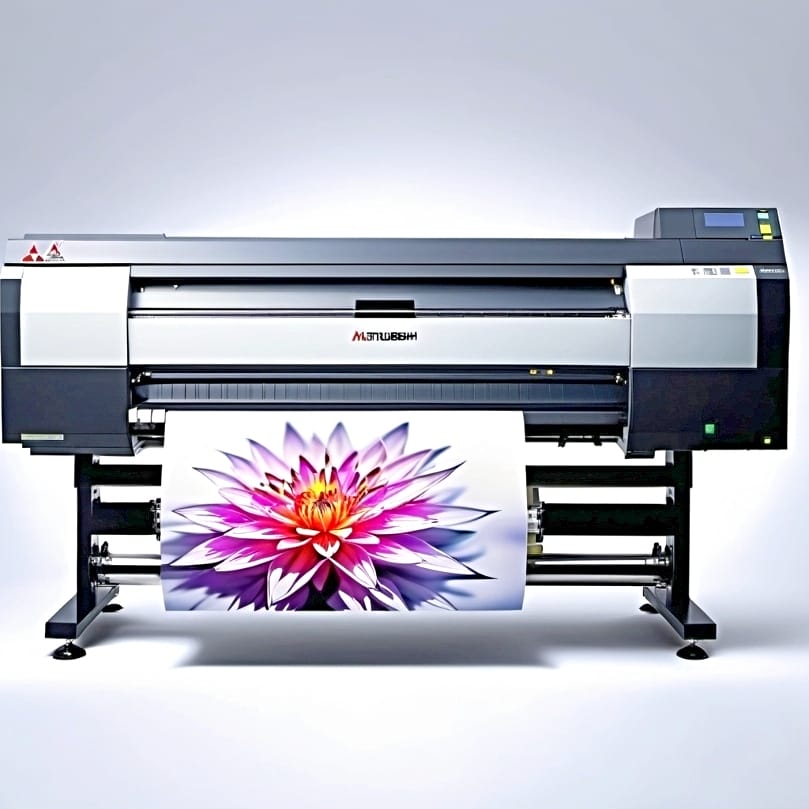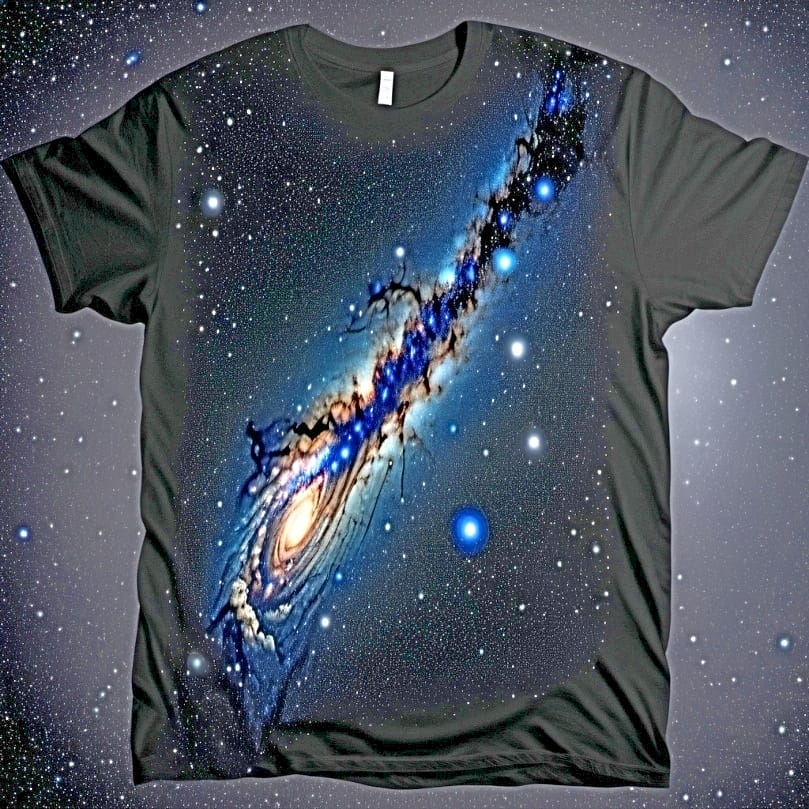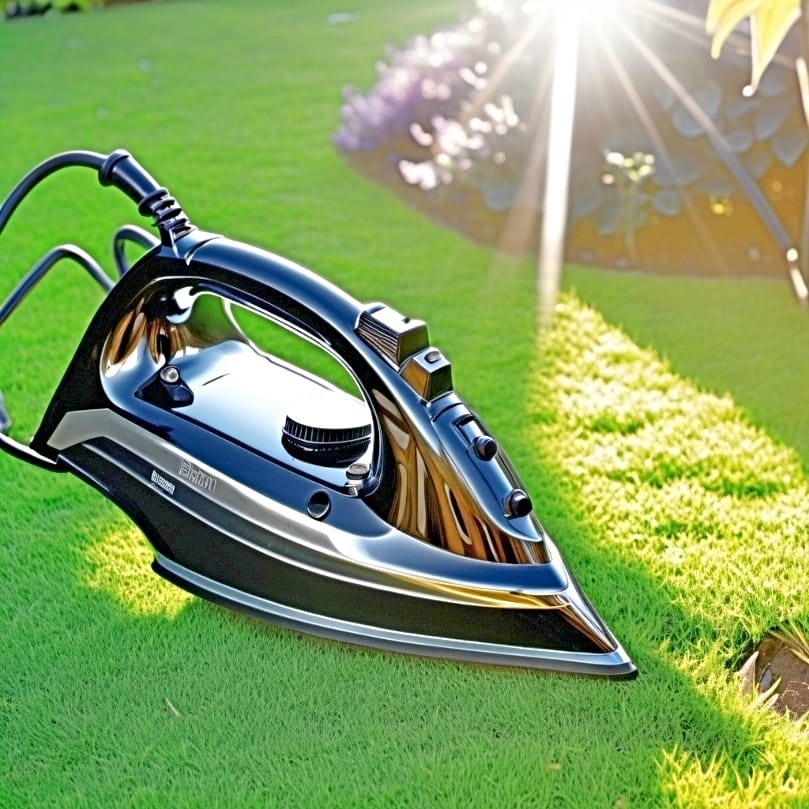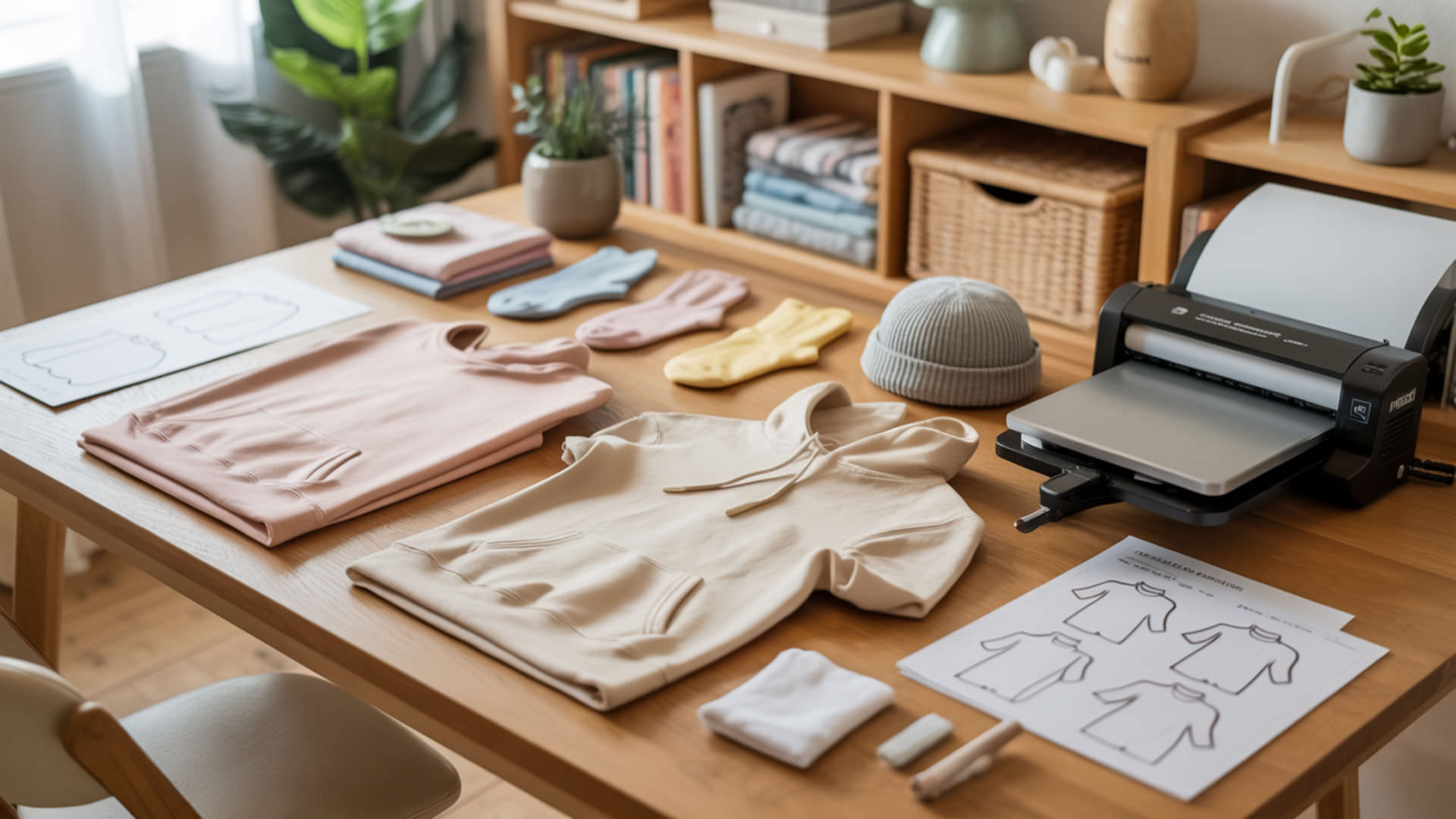Table of Contents
ToggleAre you ready to start printing with your Mitsubishi sublimation printer but not sure where to begin? If you are looking for help or guidance, you are at the right place! This focused guide provides clear instructions on how to setup and use Mitsubishi sublimation printers, ensuring you get quality prints from the get-go. Whether it’s unboxing, installing drivers, or achieving the perfect print settings, we’ve got you covered. Read on and learn about all things Mitsubishi sublimation!
Key Takeaways
- Mitsubishi sublimation printers, such as the CP-D70DW and CP-M1A, use dye sublimation technology for high-quality, durable prints and are ideal for professional printing needs, supporting multiple print sizes and finishes.
- Setting up Mitsubishi sublimation printers involves unboxing the printer, installing the necessary drivers from Mitsubishi Electric Global website, and correctly loading the media with attention to detailed instructions for initial setup and software installation.
- Effective use and maintenance of Mitsubishi sublimation printers require selecting proper print settings, regular cleaning, and updates, and exploring additional features like direct image storage and compatible media kits to cater to diverse printing requirements in various applications, including event photography and retail.
Understanding Mitsubishi Sublimation Printers
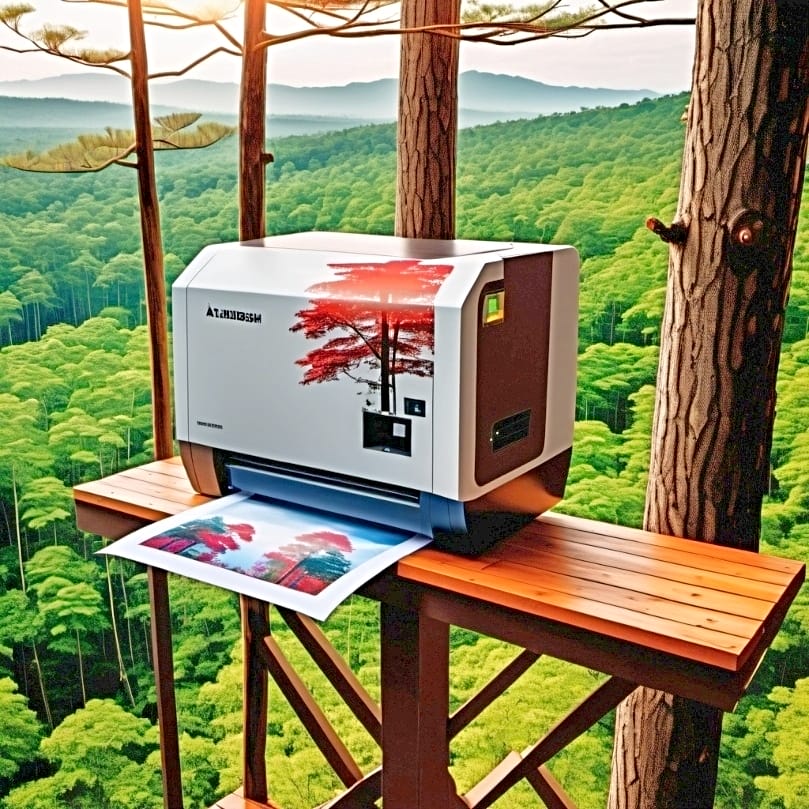
Mitsubishi sublimation printers are a testament to the technological prowess of Mitsubishi Electric. These printers offer unparalleled print quality and multiple print sizes, making them the go-to choice for professionals in the printing industry.
The dye sublimation technology used in these printers ensures that the prints are not only high quality but also durable and resistant to fading, making them ideal for preserving images over time.
Dye Sublimation Technology
Dye sublimation technology is at the heart of Mitsubishi’s high-speed photo printers. This digital printing process uses heat to transfer designs onto materials. The sublimation inks, when heated, turn into gas and are absorbed by the material.
This unique process results in prints with a vibrant and lasting print finish, characterized by sharp lines and non-fading colors.[1]
Mitsubishi Printer Models
Popular Mitsubishi printer models such as the CP-D70DW and CP-M1A have been lauded for their high-quality photo prints. The CP-D70DW printer, with a resolution of 300 dpi, supports multiple print sizes and offers both glossy and matte finishes, making it a versatile choice for a range of printing needs.
⫸ Click Here For Best Selling Sublimation Printers And Products ⫷The CP-M1A model, a high-capacity photo printer, stands out with its impressive printing capabilities, capable of producing up to 750 (4×6) photos per load, making it a reliable workhorse for high-volume printing environments.
Setting Up Your Mitsubishi Sublimation Printer
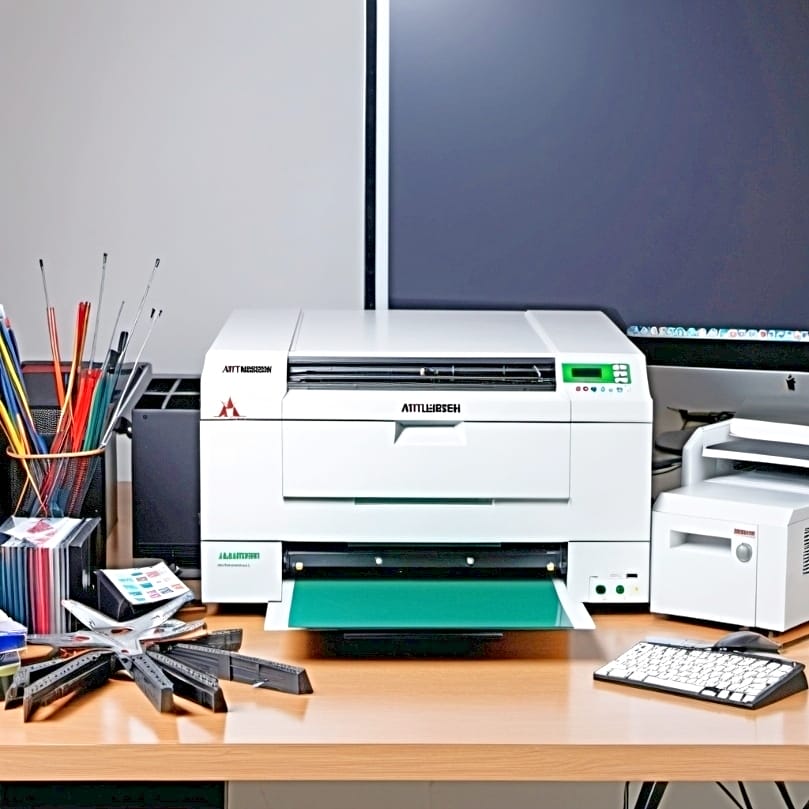
The process of setting up a Mitsubishi sublimation printer is quite straightforward. Start by carefully unpacking the printer, making sure all components included by the manufacturer are accounted for. This typically includes the printer itself, power cables, a USB cable, software drivers, and documentation.
Ensure the printer is positioned on a stable and level surface, connect it to a power source, and then use the provided USB cable to connect the printer to your computer or network if necessary.
Unboxing and Preparing the Printer
Upon unboxing, you’ll find that the Mitsubishi CP-M1A sublimation printer, with its user-friendly design, simplifies the initial setup process. The printer comes with a new, pre-assembled ink ribbon and paper roll, allowing for immediate media loading and use straight out of the box.
Installing Printer Drivers
The next step in setting up your Mitsubishi sublimation printer is installing the printer drivers. These drivers, which ensure the smooth operation of your printer, can be found and downloaded from the Mitsubishi Electric Global website for various printer models and compatible operating systems, including Mac OS and Windows XP.
After downloading the drivers, which come in a compressed zip format, you’ll need to extract them before starting the installation process.
Loading Media (Paper Roll and Ribbon)
Loading media into your Mitsubishi sublimation printer involves the following steps:
- Turn off the power and open the printer door by pressing the door-open button.
- Place the ink ribbon case into the printer, ensuring it clicks into place.
- Set the paper roll with the paper flange.
Ensure that the roll paper is fed into the correct slot and that the door is securely shut before turning on the power.
Using Your Mitsubishi Sublimation Printer
Effectively operating a Mitsubishi sublimation printer necessitates some practice and knowledge. A crucial aspect to consider is the proper print settings selection for attaining the desired quality, size, and finish of your prints. It’s also important to ensure the image is in the correct format and resolution before sending it to the printer to avoid print quality problems.
Selecting Proper Print Settings
To achieve the desired results, it’s vital to select the appropriate print settings on your Mitsubishi sublimation printer. For instance, configuring print settings to the highest quality mode can help you achieve professional photo printing. Also, adjusting the print settings to match a specific resolution, such as 300 dpi, is key for high-quality prints.
Printing Photos
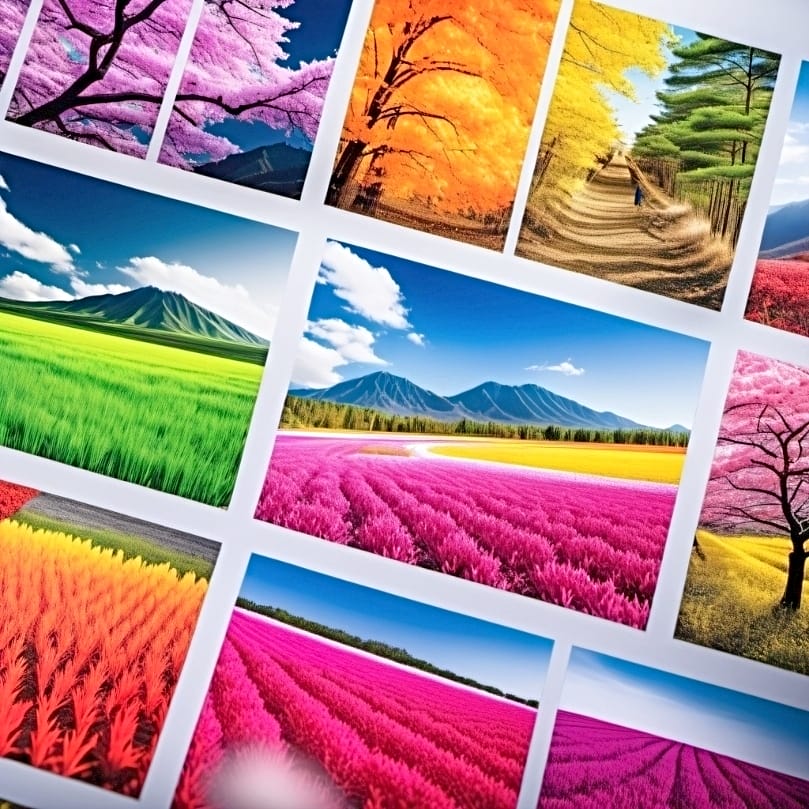
Printing photos on a Mitsubishi sublimation printer is a breeze. The printers offer the flexibility to print photos in various popular formats, including 4×6 inches and 5×7 inches, allowing users to meet a range of customer needs. This flexibility, combined with the printer’s high-speed printing capabilities, makes it a perfect fit for various printing tasks, from personal photo printing to commercial photo booth operations.
Printer Maintenance and Troubleshooting
For the longevity and performance of your Mitsubishi sublimation printer, maintenance is critical. Regular cleaning of the printer, including dusting the exterior and gently cleaning the interior as per the manufacturer’s guidelines, is recommended.
Additionally, using the printer at least once a week can keep the ink flowing and prevent the print heads from clogging.
Expanding Your Printer’s Capabilities
After getting a firm grasp on the basics of using your Mitsubishi sublimation printer, you might want to explore ways to expand its capabilities. The built-in memory of the printer can store multiple images, allowing for direct printing without requiring a computer connection.
Moreover, the printer’s versatile connectivity options provide seamless integration into various workflows.
Compatible Media Kits

Using compatible media kits is a simple way to expand the capabilities of your Mitsubishi sublimation printer. Media kits like Mitsubishi CK-D746 offer a variety of print sizes and finishes, thus catering to diverse printing requirements.
For instance, the CK-M68S media kit for the CP-M1A printer supports multiple print sizes, allowing you to produce a variety of prints without changing the media sizes.
Kiosk and Event Photography Solutions
Mitsubishi sublimation printers can be seamlessly integrated into kiosk systems or photo booth setups, delivering fast, high-quality prints for various events. The CP-M1A model’s compact design is perfect for locations with space constraints, like kiosk stations and photo booths.
Firmware Updates
Keeping the printer’s firmware up-to-date is yet another method to enhance the capabilities of your Mitsubishi sublimation printer. Firmware updates, downloadable from Mitsubishi’s official website, are crucial for enhancing performance and resolving common issues.
Real-Life Applications of Mitsubishi Sublimation Printers
A broad spectrum of industries employ Mitsubishi sublimation printers. From event photography and photo booths to retail photo printing and product personalization, these printers have proved their mettle.
Event Photographers
In particular, event photographers can reap substantial benefits from Mitsubishi sublimation printers. Some of the advantages include:
- Superior print quality
- Efficiency
- Low media costs
- Quiet operation
These features make Mitsubishi sublimation printers an ideal choice for capturing and printing memorable moments at events.
The high-speed printing capabilities of Mitsubishi printers make them particularly suitable for event photography where time is of the essence.
Photo Booths
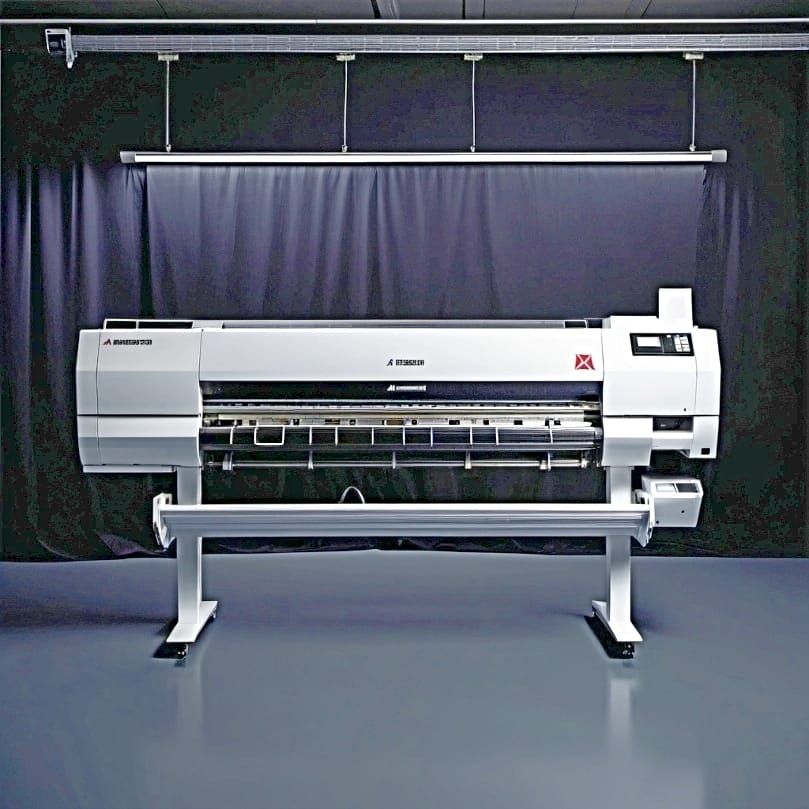
Mitsubishi sublimation printers also excel in the realm of photo booths. Their compact size, high-volume printing capabilities, and diverse photo format options make them a go-to choice for photo booths at events and amusement parks.
Retail and E-commerce
Retail and e-commerce businesses can also leverage the capabilities of Mitsubishi sublimation printers to offer personalized printing services. The versatility in managing various print sizes and finishes of these printers allows businesses to offer a diverse array of photo products to their customers.
Summary
Mitsubishi sublimation printers, with their high-quality prints, versatile features, and ease of use, have revolutionized the world of digital printing. Whether you’re an event photographer, a retailer, or simply a photography enthusiast, these printers offer a reliable and efficient solution for all your printing needs. They are a testament to the technological prowess of Mitsubishi Electric and their commitment to delivering quality and performance. If you want to learn more about the features of the CP-W5000DW, we got you covered.
You can also check out my separate guide on setting up a Mimaki sublimation printer and instructions on the set up of a DNP sublimation printer.
Frequently Asked Questions
What is the best sublimation printer for shirts?
The best sublimation printer for shirts is the Epson SureColor F570. It offers high-quality prints and is designed specifically for sublimation printing.
Is dye sublimation better than inkjet?
Yes, dye sublimation is better than inkjet because it produces more durable and fade-resistant prints. The dye-sublimation process transfers the dye into the substrate, resulting in a more permanent image.
Is dye sublimation better than Zink?
Dye sublimation is better than ZINK in terms of print quality and color accuracy, although ZINK printers are faster.
How can I achieve high-quality prints with my Mitsubishi sublimation printer?
Achieve high-quality prints with your Mitsubishi sublimation printer by selecting proper print settings, ensuring correct image format and resolution, and maintaining the printer regularly for optimal condition.
How do I load media into my Mitsubishi sublimation printer?
To load media into your Mitsubishi sublimation printer, you need to install the ink ribbon and paper roll, ensure the paper is fed into the correct slot, and securely shut the door before turning on the power.
References
- Pady, A. (2023, October 13). Tips and tricks for dye sublimation printing. https://www.linkedin.com/pulse/tips-tricks-dye-sublimation-printing-angus-pady/

